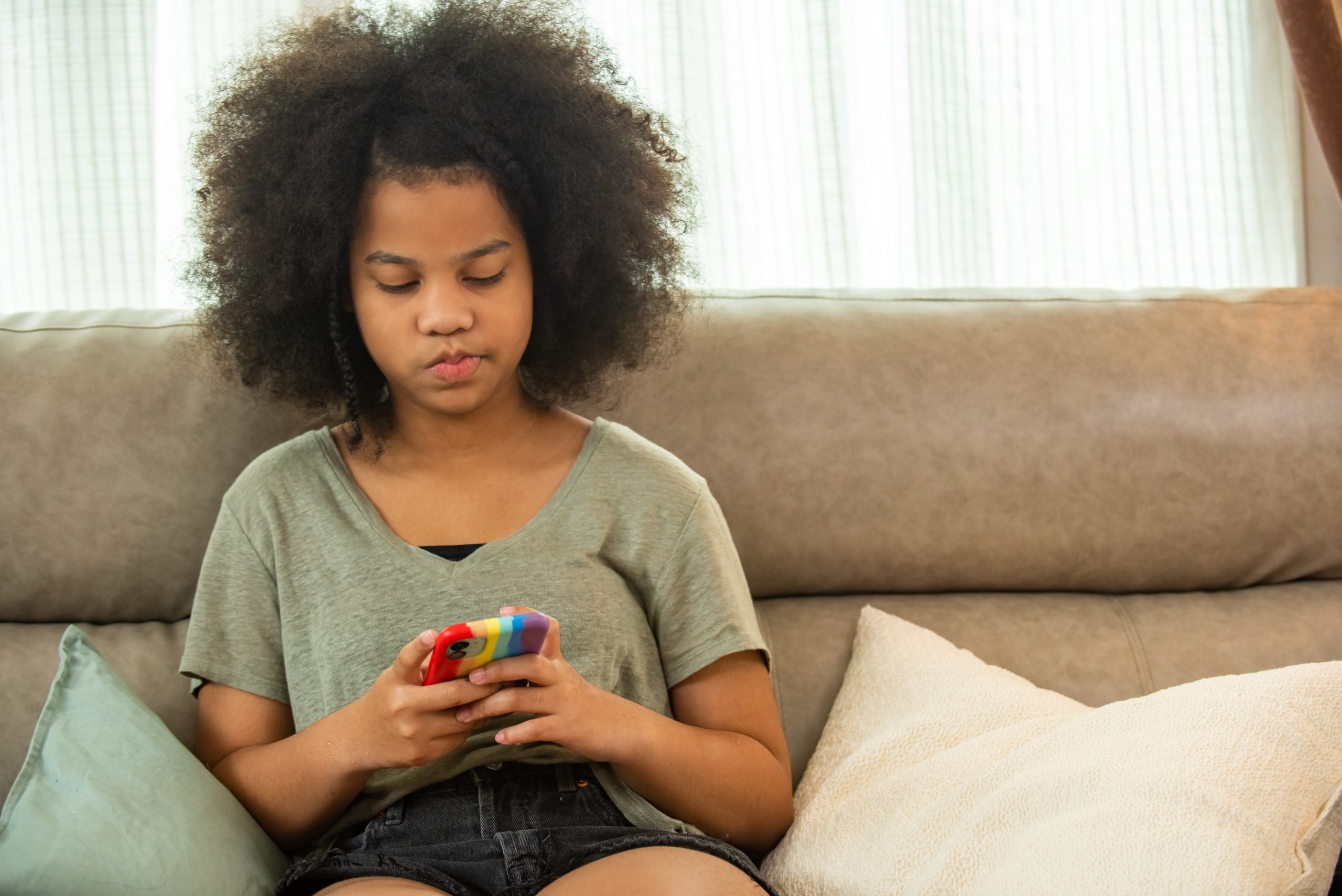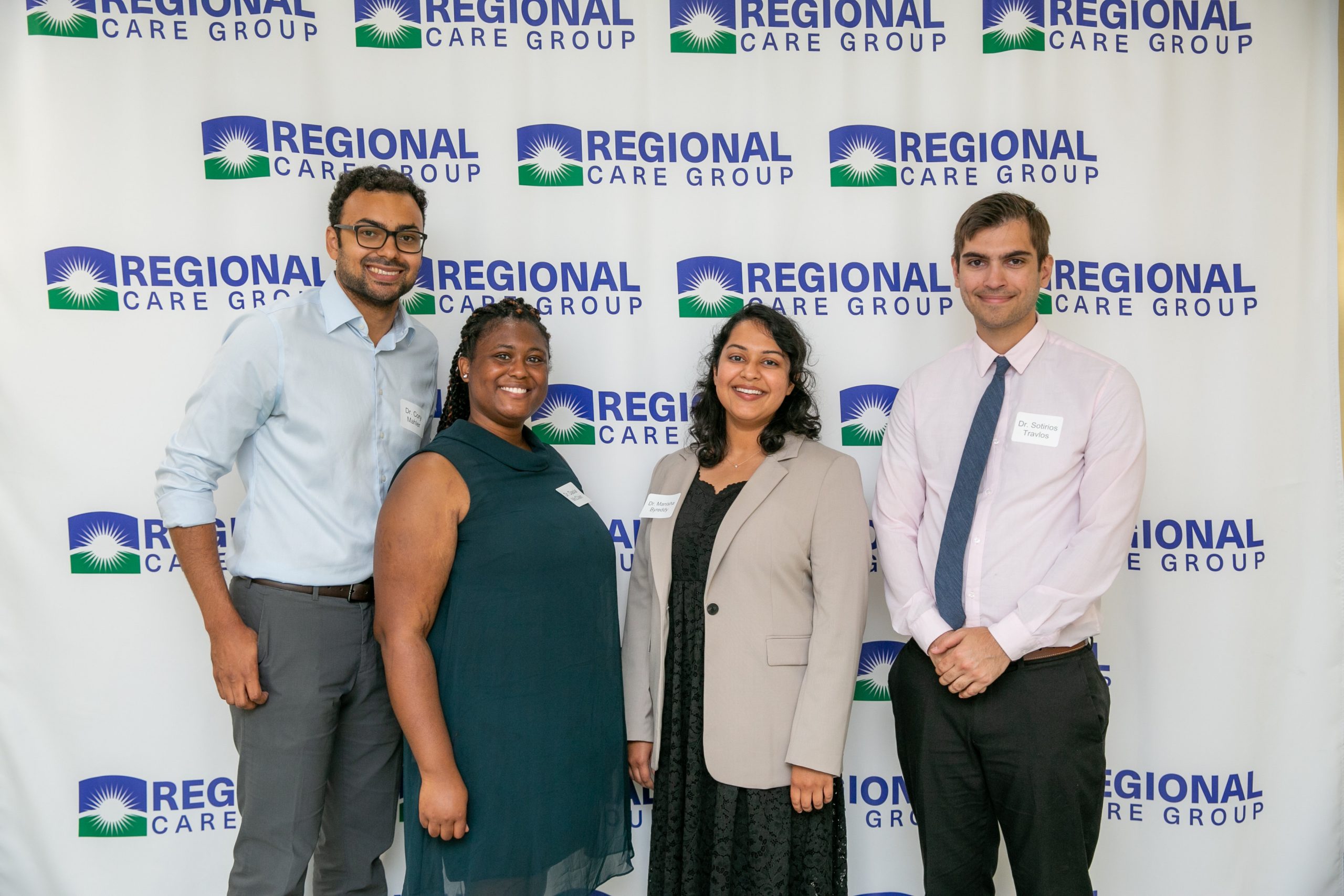
Blog: COVID and PTSD
Jun 17 2022

When schools in Northwest Indiana reopened for in-classroom instruction in August of 2021, therapist Christine Cangiano noticed one issue had grown more serious during the break: students had an even stronger attachment to their phones.
“It’s been a tough year,” said Cangiano, supervisor of Regional Health Systems’ school and child adolescent programs. “Coming off COVID threw them into a kind of environment they weren’t used to. A lot of kids hadn’t had a normal classroom for a long time.”
Nearly all their instruction and social interaction was through video or social media, she said.
“They had gotten so used to using their phones all day, any day,” Cangiano added. “Their phones had become their lifelines. It’s hard to pull them away from that.”
The situation underscores the latest twist in the ongoing controversy about social media’s impact on young people—specifically on their mental health—and what can be done to reduce the negative fallout from adolescents’ use of Instagram, Snapchat, TikTok and other sites.
“I can’t say that it wasn’t an issue pre-COVID,” Cangiano said, “but, yes, it’s gotten worse.”
One of Cangiano’s central concerns is schools allowing students to bring their phones to class, which leads to significant distraction. She’s seeing more students experiencing symptoms of Attention Deficit Hyperactivity Disorder, although they have not been diagnosed with the condition.
“Their self-esteem is pretty much tied to their social media presence,” added Cangiano.
A young person who receives insufficient positive feedback on social media or few if any responses to their messages can lapse into low self-esteem, and depression, and be bullied, said Cangiano, who supervises seven therapists and social workers in five Northwest Indiana communities. She is based at Morton High School and Scott Middle School, both in Hammond.
Heightened anxiety from fear of missing out—FOMO in digital parlance—is another concern that Cangiano and Dr. Marlene Rivera-Rodriguez, a psychologist working at Regional Health Systems in East Chicago, have seen in young people.
“One of the very common things I see across all my clients—and even the data suggests this—is poor sleep quality because of FOMO,” Rivera-Rodriguez said. “They need to be constantly connected because of the fear that they don’t know what their friends are doing. That constant clicking and scrolling every minute of every day affects the quality of their sleep. It causes stress and increases anxiety.”
What to do
For parents trying to determine if their children are spending too much time online generally and more specifically on social media, a key indicator is lengthy isolation. If the young person is more comfortable on their phone or sitting alone in their room scrolling through social media for hours and hours, that could be a sign they are engaging in unhealthy amounts of social media.
Responding to that level of social media engagement requires a comprehensive approach from parents, schools, social media companies, even lawmakers, Cangiano and Rivera-Rodriguez said.
Parents need to show their children engaging ways to spend time off the phone, the mental health experts said. Adults need to become more tech savvy and have candid, realistic conversations with their children about setting boundaries.
In addition, schools should create more curriculum for students and programs for parents on digital literacy to help young people safely navigate social media and online misinformation, Cangiano and Rivera-Rodriguez said.
“Social media is here to stay,” Rivera-Rodriguez said. “It’s not going away. Instead of fighting it, instead of taking it away, we need to move to protect children and adolescents.”
Social media companies must account for content on their sites and move more quickly to edit harmful content, she said. Also, lawmakers can impose legislation that creates more direct accountability for the companies.
Some social media sites are improving their responsible content management, Rivera-Rodriguez said.
“However, we think there’s a long way to go, especially in educating young children and adolescents on how to be responsible,” she added. “These young people know how to use this technology. This is their technology. They were born into it and they’re very smart about it.
“Now we need to teach them how to use it safely.”

Jun 17 2022

Apr 26 2022